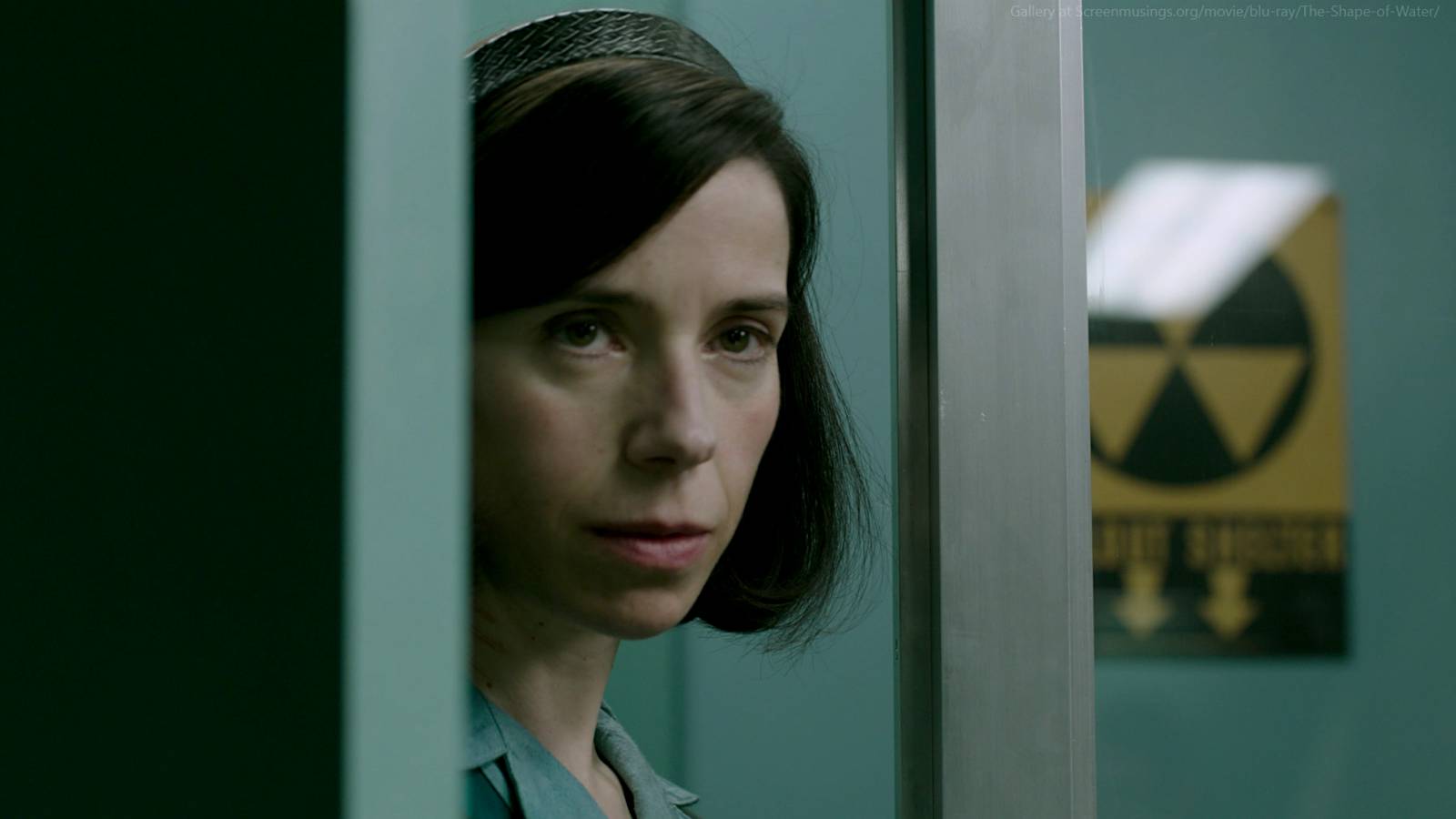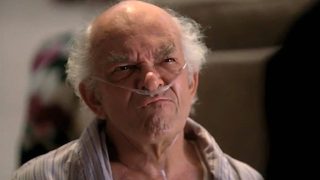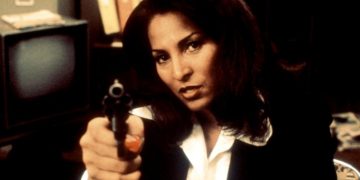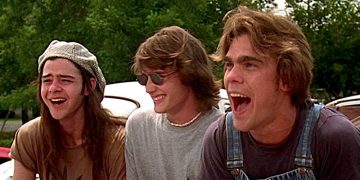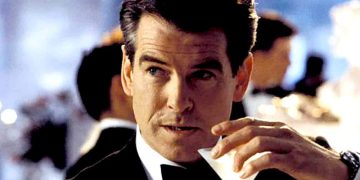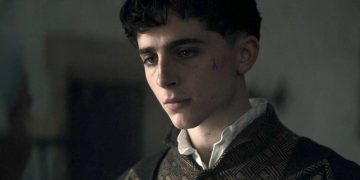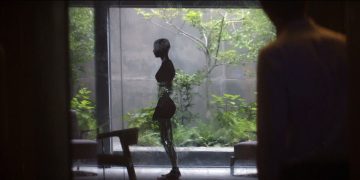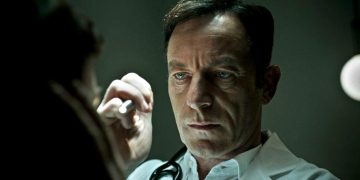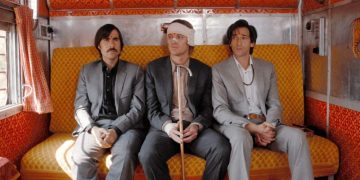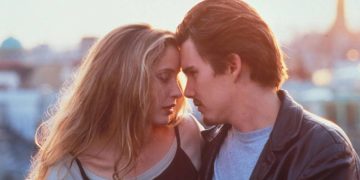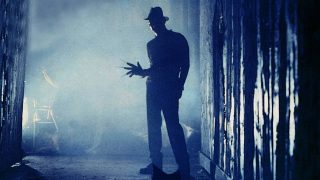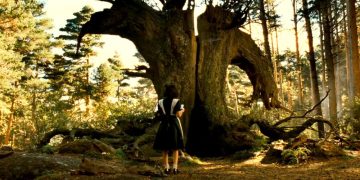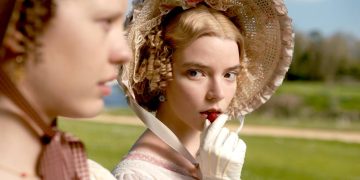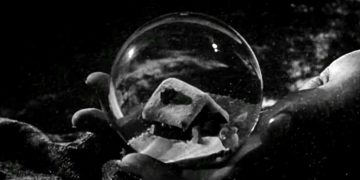Anybody who loves or studies film can appreciate the unseen impact that good audio makes. From operatic music scores to tense dialogue delivery, the importance of sound cannot be understated.
Sound design, music tracks, and line delivery come together in establishing the emotional tone of a movie—and that's no more apparent than when sound is intentionally omitted, like the silence of the boxing ring in Martin Scorsese's Raging Bull.
On the opposite side from Quentin Tarantino's crafty character conversations are movie characters who speak very rarely or not at all. These silent characters can make a few lines go a long way, with each syllable hitting with that much more impact.
Notable examples include Ryan Gosling's Driver character in Drive and pretty much the entire cast of Dunkirk (for which director Christopher Nolan prepped by studying silent cinema).
Here are my picks for the best movie characters who are mute, silent, or only utter a handful of words throughout the entire movie.
13. Mr. Bean in Bean (1997) and Mr. Bean's Holiday (2007)
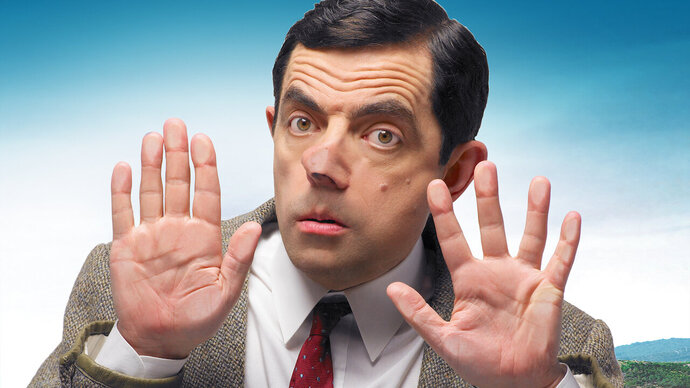
Mr. Bean as a character goes beyond his two movie appearances. Not only did he start off in the acclaimed sitcom series Mr. Bean, he's also appeared in advertisements, cartoons, books, sketches for the Comic Relief charity, and even Olympic ceremony performances.
Most impressive is the fact that Mr. Bean rippled into all these areas without uttering a single word! Just the odd mumble here and there.
Created by English actor Rowan Atkinson in the early 1980s, Mr. Bean is now recognized by nearly everyone across the globe. His odd mannerisms were influenced by figures of silent cinema, who relied on physical gags and exaggeration to draw out laughter in audiences.
His level of childlike buffoonery—Atkinson himself dubs him "a child in a grown man's body"—gets Mr. Bean into all sorts of mishaps, which Atkinson carried on from his 90s sitcom into two feature films.
Mel Smith's Bean contains the only time we witness Mr. Bean actually speak when he's forced to make an improv speech in an art gallery. No doubt, he has some wise words in store.
12. Kevin in Sin City (2005)
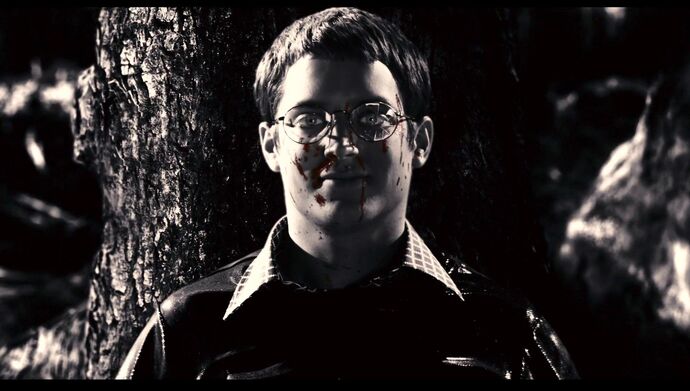
Silent characters tend to evoke one of two feelings: either we fear them or we feel sorry for them.
Like darkness, we generally associate silence with the eerie, the sinister, the unknown. It feels awkward and unnatural, especially in our modern, fast, noisy society of traffic, phones, crowds, etc.
Sure, quietness can connote peace, nature, and meditation—but when has a jump scare ever been preceded by lots of noise?
Sin City tells a dark story of violence and urban squalor, of murderers, rapists, gangs, and other sordid people. Amid an ensemble cast of Jessica Alba, Benicio del Toro, Brittany Murphy, Clive Owen, Mickey Rourke, and Bruce Willis, there's Elijah Wood as Kevin.
Despite Wood getting decidedly less screen time than some of the other characters, Kevin remains one of the primary antagonists—and as if cannibals couldn't get any creepier, this one doesn't speak.
Sin City is one of the only comic book movies to actually look like a comic book. Directors Frank Miller and Robert Rodriguez suffused the grayscale cinematography with elements of neo-noir, keeping to the style of Miller's original comics.
11. Silent Bob in Clerks (1994)
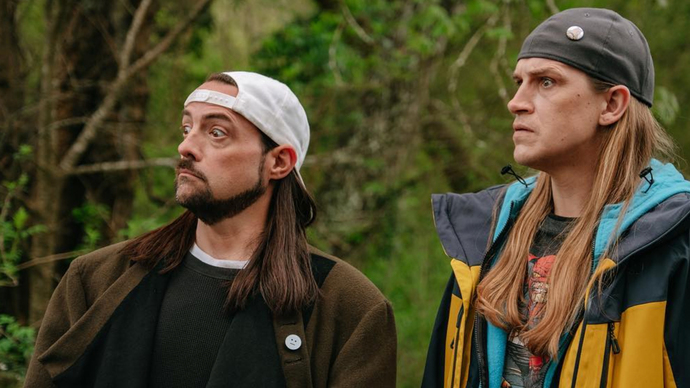
With a name like Silent Bob, we couldn't leave this character off the list. Portrayed by Kevin Smith, Bob isn't technically silent for all nine films in the View Askewniverse, but he doesn't speak much at all—and that makes his few lines that much more precious.
Silent Bob made his first appearance in Clerks alongside his best friend Jay (played by Jason Mewes). Since then, the stoner buddy pair have harassed pedestrians, robbed stores, and sold weed together.
Bob is a quiet genius, though you wouldn't think it from his attire, his demeanor, or his company. But unlike Jay, whenever Bob reels off a line or two, it's generally very intelligent.
10. Oddjob in Goldfinger (1964)
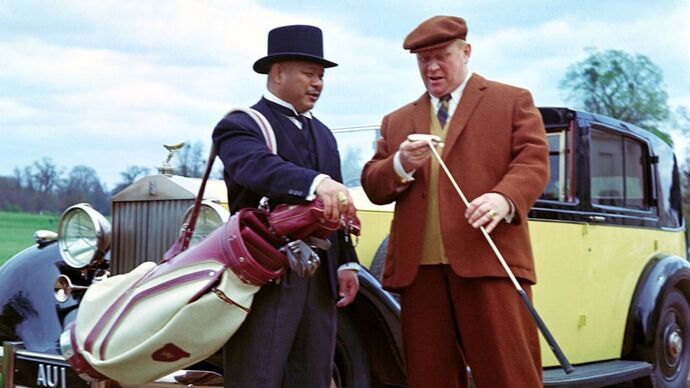
The third film in the James Bond franchise was directed by Guy Hamilton and featured Sean Connery as the legendary British spy.
Based on Ian Fleming's 1959 novel, Goldfinger is regarded as the first film to truly focus on and solidify Bond's character. It was the first Bond blockbuster and it cost the same amount to make as the following two sequels combined!
The main villain in Goldfinger isn't the only one Bond needs to fear. Auric Goldfinger (played by Gert Fröbe) is a psychopath who's obsessed with gold, and his Korean henchman Oddjob goes above and beyond to protect him—with his iconic razor-rimmed hat.
Hamilton cast Harold Sakata as Oddjob after seeing him on TV as an Olympic silver medalist weightlifter. The actor's natural charm and mannerisms were perfect for the part, which has since been described as "a wordless role, but one of cinema's great villains."
9. One-Eye in Valhalla Rising (2009)
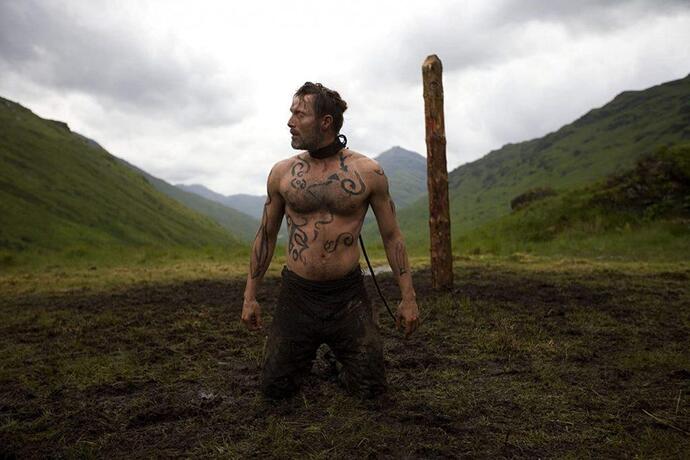
Calling all Dark Age history buffs! This one's for you. Nicolas Winding Refn directs the gruesome period piece Valhalla Rising.
Despite being a Danish movie, Valhalla Rising is spoken in English—but none of the lines come from the protagonist. Mads Mikkelsen leads as the silent, one-eyed, tattoo-emblazoned prisoner One-Eye who seeks vengeance on those who captured him.
Filmed in the empty hills of Scotland, Valhalla Rising takes place in 1096 AD with Mikkelsen's Norse warrior traveling with a band of Christian crusaders. But evil forces divert their path toward the Holy Land, giving Refn's survival flick a similar grit to The Revenant.
8. Regan Abbott in A Quiet Place (2018)
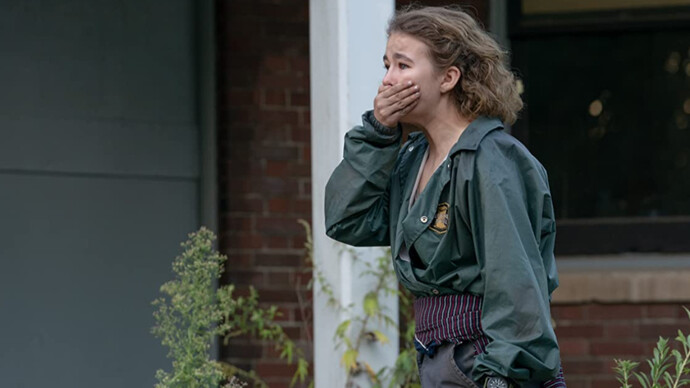
Technically, nobody really speaks in A Quiet Place. This sci-fi thriller takes place in a post-apocalyptic world ruled by vicious aliens that are blind but also equipped with supernatural hearing. They'll kill anything that so much as squeaks, creaks, or tweaks.
The Abbott family survives in overgrown New York by using sign language and sand paths to avoid crunching on leaves. They know sign language because of their deaf daughter Regan, played by Millicent Simmonds who's actually deaf in real life.
For a film with such little dialogue, A Quiet Place (and its sequel A Quiet Place Part II) is never boring. Director and co-star John Krasinski makes the tension palpable through the use of unbearable silence.
7. Chief Bromden in One Flew Over the Cuckoo's Nest (1975)
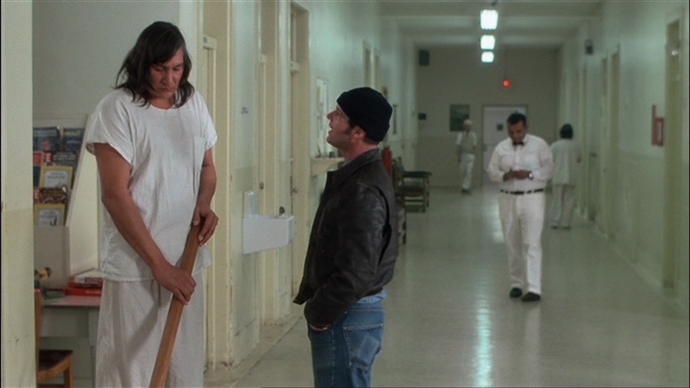
The title of One Flew Over the Cuckoo's Nest comes from a nursery rhyme that Chief Bromden's grandmother used to sing to him as a child, according to the novel this movie was based on.
Adapted from Ken Kesey's 1962 book, this five-time Academy Award-winning drama film features the Chief as a lovable giant who can't talk. Or, at least, he pretends not to.
Miloš Forman directs Will Sampson in his heartbreaking role as a mental patient who feigns being deaf-mute so no one talks to him. He lives under the evil eye of Nurse Ratched (played by Louise Fletcher) and is one of the only patients who aren't allowed to leave.
Chief Bromden—nicknamed "Chief Broom" for the amount of sweeping he does—is narrator of the original novel. In that book, his role is smaller but just as impactful, and in the end Chief Bromden is the only one who manages to escape the prison-like asylum alive.
6. Dwayne Hoover in Little Miss Sunshine (2006)
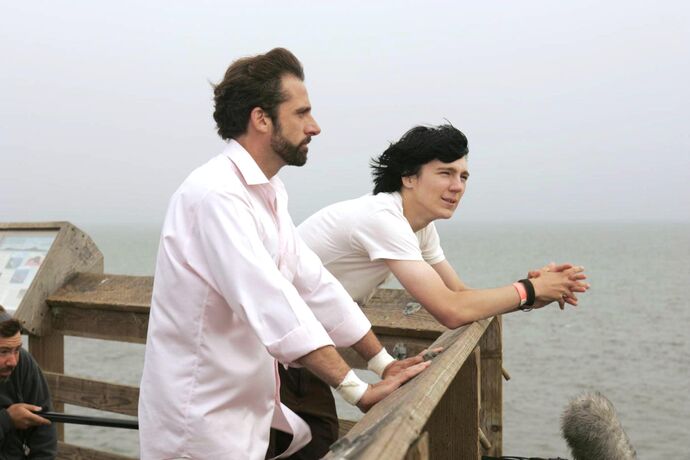
Dwayne Hoover comes from a chaotic-but-privileged suburban household in Albuquerque, New Mexico, and he takes the stereotype of a moody teenager to new heights by reading Nietzsche in his room while taking a vow of silence.
Why so angsty? Well, Dwayne is determined to carry out his vow until he achieves his dream of becoming a fighter pilot. Not only that, he just... well, he hates everyone.
Dwayne uses his notepad to communicate with his family, which is comprised of a drug-addicted grandfather, overbearing parents, and a suicidal uncle. It all sounds a bit heavy, but Jonathan Dayton and Valerie Faris's tragedy-comedy will lift your soul by the end.
Paul Dano has a knack for oddball characters. When the family embarks on a road trip to enter Dwayne's little sister in a beauty pageant, he learns how to better love and tolerate his family.
5. Elisa Esposito in The Shape of Water (2017)
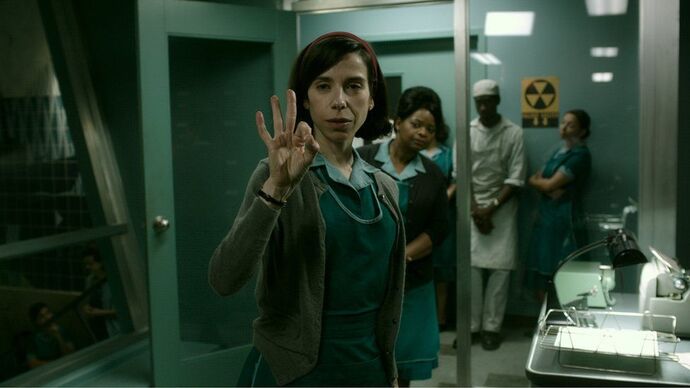
If there's one thing Mexican filmmaker Guillermo del Toro loves, it's weird creatures that combine the humanoid with the monstrous. That, and an innocent-but-haunted female lead.
In the case of The Shape of Water, that lead is Elisa Esposito (played by Sally Hawkins). The greenish color palette, creepy atmosphere, and "Amphibian Man" all scream typical Del Toro.
Set during the Cold War, Elisa grew up into a very routine lifestyle, working as a night cleaner for a secret government lab in Maryland. Elisa doesn't speak because her vocal cords were damaged as a baby. If you can trust anyone with a secret, it'd be a mute woman, right?
But this logic backfires when Elisa bonds with the captive creature and decides to free him. With the help of her reclusive next-door neighbor, Elisa breaks the Amphibian Man out of his tank and the two fall in love.
Yes, it's a little strange, but not totally unusual coming from Del Toro. Elisa sympathizes with the creature's inability to talk and communicate; though he's an animal, he shows signs of intellectual consciousness, which the government plans to exploit for the war effort.
4. Michael Myers in Halloween (1978)
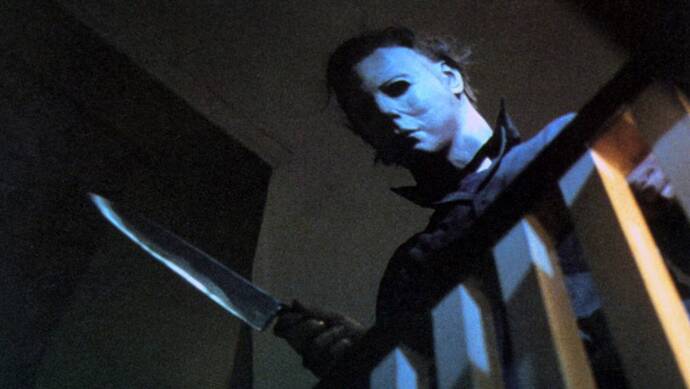
Movie villains that don't speak are extra scary because we have no idea what they're thinking or planning. They're simply ominous.
Like Leatherface in The Texas Chain Saw Massacre, Michael Myers in Halloween stalks his victims without ever offering a real explanation. Sporting an expressionless white mask, we never see or hear the man behind the mask.
If we don't know what he looks or sounds like, what do we know? Well, Myers is an escaped mental patient who killed his teenage sister on Halloween night when he was six. After 15 years, Myers is on the loose, and Laurie Strode (played by Jamie Lee Curtis) is his next target.
Fun fact! Since he has no particular face or voice, ten different actors have played Michael Myers across the entire franchise!
3. Edward in Edward Scissorhands (1990)
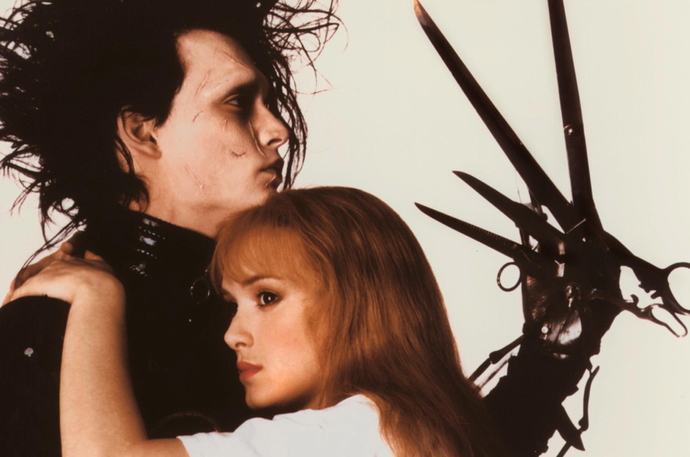
While Edward Scissorhands can and does technically talk, he speaks so rarely that he might as well be mute in this Tim Burton classic.
Johnny Depp is known for his eccentric characters that never seem to look the same, jumping from a drunken, sun-kissed Caribbean pirate in dreadlocks to a pasty-faced AI with scissors for hands.
One of the earlier films in the Burton-Depp catalog, Edward Scissorhands was inspired by the director's upbringing in suburban California. In the background of the pristine, white picket-fenced houses is a Gothic mansion where Edward—an unfinished AI—lives.
Avon-selling Peg Boggs (played by Dianne Wiest) brings Ed home with her, who appears terrifying but is ultimately harmless.
With how Edward looks, you'd think his silence would make him even creepier, but it actually makes us more sympathetic as he's painted as a shy, lost, and lonely child who's petrified of the world around him.
2. Ada McGrath in The Piano (1993)
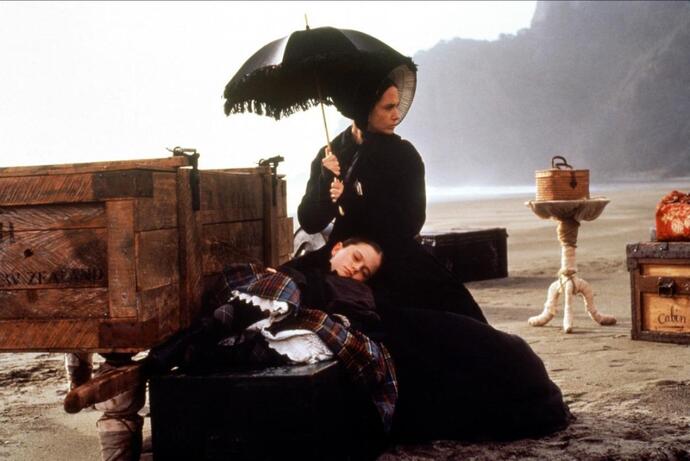
The Piano is a period piece film that's set on the tranquil beaches of mid-1800s New Zealand. Director Jane Campion was the first woman to ever win the Palme d'Or at Cannes back in the 1990s, with The Piano being a critical and commercial hit.
Ada McGrath (played by Holly Hunter) is from Scotland but travels across the globe after being sold to a New Zealand frontiersman.
Ada is mute by choice, mainly communicating through the notes on her piano. When her new husband threatens to take the piano away, she turns cold and even more detached than before.
As Ada has been mute since she was six, she learns sign language; in turn, her young daughter also learns sign language. Flora (played by Anna Paquin) acts as messenger between Ada and the world around her, reversing the roles between mother and daughter.
The Piano is an original and breathtaking feminist drama, with Hunter's silent performance receiving universal acclaim.
1. Charlie Chaplin's The Tramp
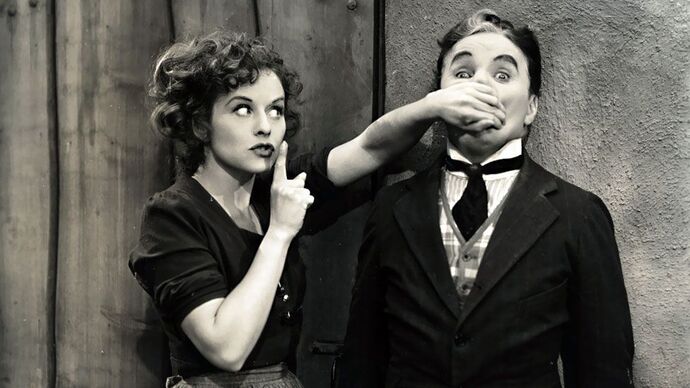
It might feel like a cheat to include characters from cinema's silent era, but The Tramp is more than just a guy in a movie. He's an all-encompassing figure of world cinema, and he still appeared mute in talkie movies towards the end of his timeline.
Embodied by the legendary Charlie Chaplin, The Tramp was a golden-hearted, down-on-his-life vagrant in mismatching clothes.
Like Mr. Bean, The Tramp used exaggerated actions and expressions to make people laugh, pioneering the comedy genre as something that could also have substance and pathos.
The Tramp appeared in an impressive 36 films, starting with the 1914 one-reel short Kid Auto Races at Venice. His most famous titles include The Kid (1921), The Gold Rush (1925), City Lights (1931), and Modern Times (1936).
If you're curious about the history and creation of the hailed Great Depression personality, watch Richard Attenborough's biopic Chaplin, starring Robert Downey Jr.
